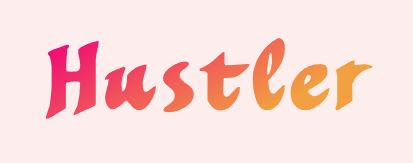As a parent, your top priority is keeping your child safe. You buckle them up in the car in case of an accident. You have a smoke detector to alert you to fire. But what if your child experiments with drugs? Harm reduction strategies can help ensure your child’s safety.
What is harm reduction?
“Harm reduction…provides education about what that experimentation would do to them if they chose to go down that path. It also provides safety around using substances,” explains Steve Norris, director of harm reduction and recovery support at the Alliance of Coalitions for Healthy Communities.
Fentanyl is a serious public health crisis. “And that’s what we see among our youth, especially with experimentation of what they think is a prescription pill that ends up being a toxic fentanyl exposure. Those consequences, unfortunately, are fatal,” Norris says.
Misconceptions about harm reduction programs
Even if your child doesn’t use substances, the availability of legalized and unregulated marijuana can still pose risks. Using substances can lower their inhibitions and affect their decision-making abilities.
“We have to have honest, open dialogue about the dangers that today’s society is presented with in the landscape of synthetic opioids that are rampant in the drug supply,” he says.
Fentanyl can also be present in marijuana — even gummies — and testing can reduce the likelihood of toxic poisoning, a word Norris prefers to “overdose.”
Testing is just one strategy. Parents can start by educating themselves about reducing harm. Oakland Community Health Network, public health agencies and local coalitions can help.
“It’s also important not to be afraid of terrifying things. We can’t ignore that problems exist,” says Norris. “Having parents be more active and engaging, especially with their children, can mitigate some tragedies and reduce harm at the same time.”
Find your nearest Save A Life Station
Oakland County has 107 Save A Life Stations stocked with harm reduction supplies available to anyone.
Each station contains Narcan (naloxone), which can reverse the effects of opioids, plus a QR code for an instructional video. “We’re trying to get more and more naloxone out into the community because we believe — and we know, based on the data — that having naloxone at your disposal is as important as having a fire extinguisher in your home,” Norris says.
Stations also contain safe disposal bags for neutralizing leftover prescriptions. This is a safer alternative to leaving them in your medicine cabinet where your kid or their friends can find them. There are also testing strips for fentanyl.
Finally, resource guides provide access to treatment and mental health counseling. Find an interactive map of Save A Life stations at Alliance of Coalitions for Health Communities: achcmi.org/harm-reduction/save-a-life-stations.
OCHN manages and funds a service provider network for approximately 29,000 Oakland County residents at more than 400 service sites across the county. People who receive public behavioral health services through OCHN’s provider network include those who have an intellectual or developmental disability, mental health concerns or substance use disorder. Most of these individuals have Medicaid insurance coverage.
OCHN’s goal is to ensure these individuals are aware of and have access to services and support that will improve their health and quality of life, as well as ensure their engagement in full community participation. Its mission to “inspire hope, empower people, and strengthen communities” reflects an unyielding belief in a “Valuable System for Valued People.”Programs and supports provided by OCHN’s service network are available at oaklandchn.org.
from Metro Parent https://ift.tt/jDauA7m










0 comments:
Post a Comment